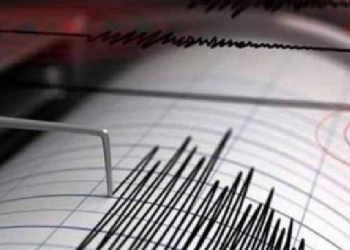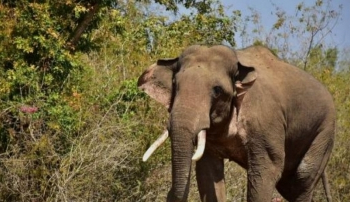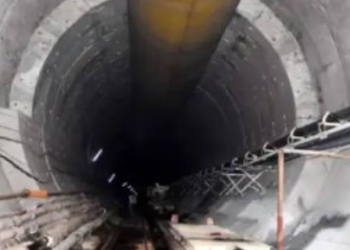New Delhi: Gujarat’s Kutch is India’s most lightning prone district along with Odisha’s Mayurbhanj, but the mortality is much higher in the latter, the Annual Lightning Report 2021-22 released on Thursday said.
“The mortality is much higher in Mayurbhanj as compared to Kutch mainly due to socio-economic difference between the two districts. Socio-economic pattern is one of the major factors for lightning fatalities. There is a need for social scientists in lightning risk management,” said the report by the Lightning Resilient India Campaign, a joint initiative of the Climate Resilient Observing Systems Promotion Council (CROPC) and India Meteorological Department (IMD), Ministry of Earth Sciences.
The CROPC report listed 250 most lightning prone districts in India, of which, apart from Kutch and Mayurbhanj, comprise Kendujhar, Puruliya, Chandrapur, Korba, Jaisalmer, Medinipur West and Prakasam.
The main cause of death due to lightning is that the coverage of lightning protection systems (LPS) is just 2 per cent overall, and in rural areas, it is almost zero. Stating that more than 96 per cent lightning casualties are from rural India comprising mainly farmers, cattle grazers, fishermen, jungle hunters, tribals and labourers working out in the open, the report suggested: “The lightning early warning, mitigation and public awareness programme needs to be focused on identified vulnerable and exposed communities.”
In case of livestock, there were three major casualties during 2021-2022, including the death of 19 elephants in Naogaon in Assam, five elephants in West Bengal, and a large number of deaths of cows and buffaloes in Uttar Pradesh. “The Centre and the states need to mainstream lightning risk management and run prevention and awareness programmes for both pets and wild animals,” the report suggested.
It was not just the humans or animals that bore the brunt of lightning. There were few major strikes such as the July 11, 2021 incident near Amer Fort in Rajasthan, where 18 people succumbed to lightning injuries. Udaipur Fort in Rajasthan was also hit and so was Dwarkadheesh Temple in Gujarat’s Dwarka.
“One of the main reasons was failure/absence of lightning protection devices. These places being heritage monuments, archaeological monuments and high mass places, preventive and mitigation measures against lightning need to be undertaken,” the report added.
The report, however, rued that lightning is not yet notified as a national disaster. “It has been declared state specific disaster by 16 states as per the guidelines by Ministry of Home Affairs, wherein 10 per cent of State Disaster Rescue Force (SDRF) can be committed to state specific disasters, however, it does not serve the purpose,” the report said.
(IANS)


















